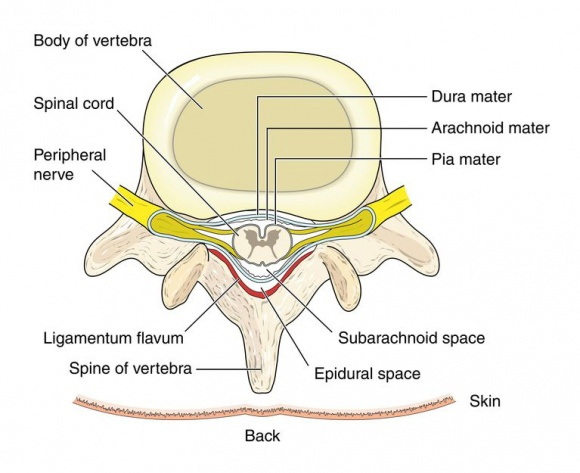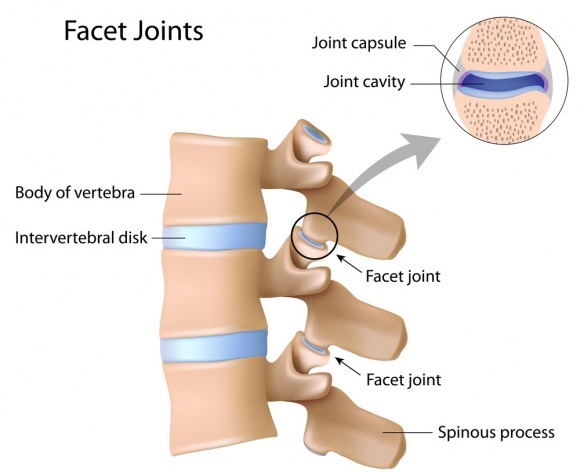
Spinal injections, also referred to as spinal blocks, is the administration of a medicine directly into a specific area of the spine. They can be used to treat a variety of conditions that affect the spine anywhere from the upper cervical spine to the sacrum.
Injection treatments can help diagnose and relieve neck or back pain that may radiate into the patient’s arms and legs (eg, cervical radiculopathy, lumbar radiculopathy).

The spinal injection is usually comprised of either a local anesthetic alone, steroid alone, or a combination of a local anesthetic and steroid.
There are a wide range of spinal disorders that may benefit from an injection. Common conditions where an injection might be appropriate, include spinal stenosis, disc herniation, failed back syndrome, sciatica, facet joint pain, and sacroiliac joint pain.
Spinal injections are a broad term that refer to any type of injection that involves the spine. Nerve blocks are a subtype of spinal injections that target a specific nerve. When the medicine is injected onto the target nerve, it can “block” the transmission of pain signals that travel from the pain generator (eg, lumbar herniated disc) to the brain.
- In summary, all nerve blocks are spinal injections, but not all spinal injections are nerve blocks.
Epidural Injection
There are 3 types of epidural injections. They are named based on the approach the needle takes to get to the dura.
- Caudal epidural injection: The spinal canal terminates through an opening at the end of the sacrum called the spinal hiatus. The medicine is injected into the epidural space via the sacral hiatus.
- Transforaminal Epidural Steroid Injection: Nerve roots exit the spinal canal at each spinal level through a bony opening in the spine called the intervertebral foramen. The medicine is injected into the epidural space via these foramen.
- Interlaminar epidural injection: The lamina is a section of bone that forms the posterior arch of each vertebral. The tip of needle enters in between the lamina to allow delivery of the medicine into the epidural space.
Nerve Root Injection/Block
This involves injection of a local anesthetic onto a specific nerve root. They are typically used in a diagnostic manner to identify the pain generators. They are also used to reduce inflammation and pain.
Facet Joint Injection/Block
The facet joints are a pair of bony projections that connect a vertebral level to the vertebral level directly above and below it. Like any joint in the body, it can become arthritic over time and is responsible for some forms of back pain. A Facet Block is an injection of local anesthetic onto the medial branch nerves; the nerves that transmit pain signals from a facet joint.

There are two reasons why an injection might be used:
- Diagnostic – Help identify the pain generator.
- Therapeutic – Provide pain relief.
The primary benefit of spinal injection is to provide relief of pain and disability.
Most people can expect to receive 1.5 to 3 months of pain relief. In some cases, an injection may provide minimal or only a few days of pain relief, while other patients may see symptom improvement up to a year after receiving an injection.







